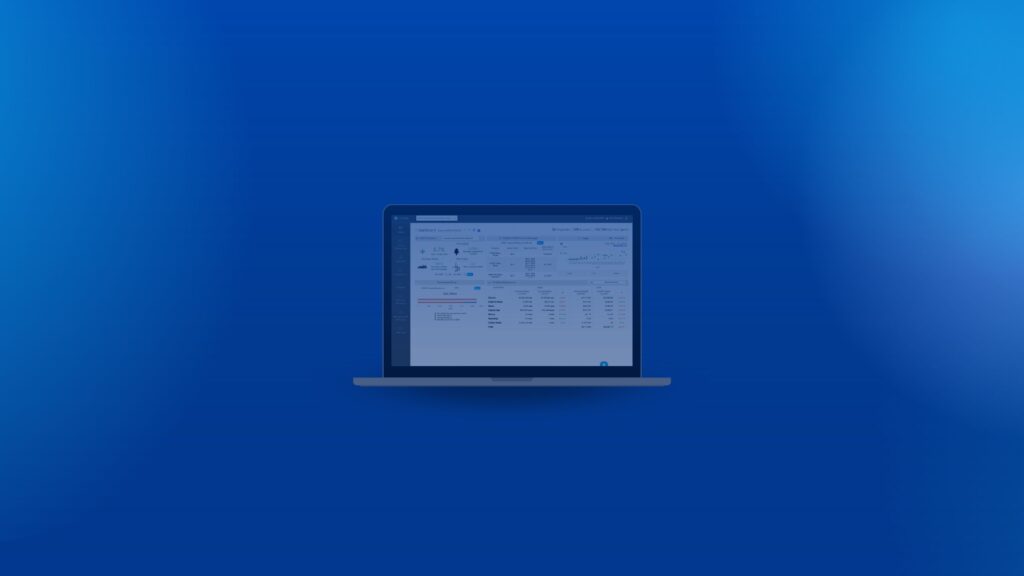What is an energy management service?
The most common example of an energy management service is a Software as a Service (SaaS), cloud-based, platform that enables you to reduce energy costs, simplify your energy reporting, and measure your energy performance.
What is the most important part of an energy management service?
The most important component to your energy management software is making sure that it provides you with actionable insights, not just more energy data for you to sort through.
What should I look for in an energy management service?
When selecting an energy management service, you should look for automated utility invoice acquisition, customizable reporting capabilities, the ability to identify operational efficiency opportunities, sustainability reporting to meet your company’s requirements, and more.
Whether you’re in the market for an energy management service right now or just familiarizing yourself with the topic, it’s helpful to know what services a good energy management platform provides. And, with everything going on in the world right now (here’s looking at you, COVID-19 and climate change), energy management services can help your company cut down on emissions and properly ventilate your building(s). In this back-to-basics article, we’re outlining the key features of an energy management service, plus discussing the features that are trending in 2021 and how they can help your organization meet its energy and sustainability goals.
What is an Energy Management Service?
The most common example of an energy management service is a Software as a Service (SaaS), cloud-based, platform that enables you to reduce energy costs, simplify your energy reporting, and measure your energy performance. An energy management service should make energy data management and monitoring easier by offering your team advanced analytics, intuitive user-friendly navigation, and insight into how to reach today’s energy management requirements and goals. In order to meet their strict sustainability goals, many large companies are turning to SaaS for energy management.
What is the Most Important Feature in an Energy Management Service?
The most important component to your energy management software is making sure that it provides you with actionable insights, not just more energy data for you to sort through.
What Else Should You Look For?
1. Automated utility invoice acquisition
Gone are the days of manually scraping your utility invoices to pull the important data into one collective location. Energy management software should have the capability to connect to your utility vendor’s billing portal and programmatically extract the data from each invoice on a line-item basis.
2. Customizable reporting capabilities
Energy management software should have the ability to provide you with customizable reports delivered to you automatically on a schedule when your team needs them. The reports should be branded with your logo and be customized to the point where there are no additional alterations to be made.
3. Ability to identify operational efficiency opportunities
Benchmarking capabilities should be robust enough to allow you to create custom comparisons of groupings of buildings by characteristic or region. These comparisons should provide you with the consumption, demand, cost totals, and KPIs (kWh/ft2, watts/ft2, etc.), thus enabling you to prioritize opportunities with the quickest payback and largest impact.
4. Sustainability reporting to meet your company’s requirements
Your software should cover all your needs for sustainability reporting, with direct integrations to ENERGY STAR, GRESB, ARC, and more.
5. Measure and verify (M&V) ROI of energy conservation measures
All energy conservation measures and projects should be tracked by your energy management software to visualize your ROI to investors. The projects’ M&V analyses should provide ASHRAE Guideline 14-2014 metrics & align with IPMVP, and all projects should be normalized for the appropriate independent variables (weather, billing period length, occupancy, etc.).
6. Generate utility budgets using historical data and actual tariff calculators
While it’s impossible to be “right on the money” with budgets, your energy management software should provide you with data-driven, explainable utility budgets. The budgets should be accurately based on proprietary consumption, forecasting algorithm, supply market projections, delivery tariff rates, and Public Service Commission rate cases.
7. Variance reports to provide analysis of actual data vs. budgets and accruals
For when an explanation is needed why the budget wasn’t “right on the money”, your energy management software should provide you with a report that analyses the variances and identifies exactly what caused them.
8. Notification when the grid is likely to peak for T&D and ICAP/PLC management
Energy management software should have predictive analytics to alert you when peak load hours are likely going to occur so you can track, measure, and verify the performance of your peak load management efforts.
9. Visual analytics and altering for real-time data monitoring through hardware-agnostic integrations
Your real-time energy data should be fully leveraged by having the ability to analyze it alongside your actual utility bills. Energy management software should provide a real-time monitoring dashboard that enables you to identify any type of energy inefficiency utilizing various visualizations.
What Are the Most Popular Features in 2021?
For the modern company, energy is now more than a cost to be managed. With growing social expectations for eco-conscious corporate values and policies, energy management is now a C-suite concern. Meanwhile, due to COVID-19, many office buildings that would ordinarily be occupied daily by workers are now empty, affecting where peak loads occur. However, due to the increased need for ventilation to comply with health standards, energy use has not decreased as much as one would think. With all this in mind, here are the trending energy management features:
- Sustainability Reporting. The Net Zero Initiative is a big deal right now, with companies striving to reach net zero emissions to combat climate change. In addition, the Biden Administration plans to reach 100% clean electricity by 2035 and 100% clean energy by 2050. Sustainability reporting, wherein companies, corporations, manufacturing plants, and farming operations report on their energy usage and emissions, plays a key role in reaching net zero. Many countries and states are beginning to institute laws which set emissions caps on buildings (e.g. New York City’s Local Law 97). One important way sustainability reporting is used is to ensure buildings is not exceeding those caps.
- Measurement and Verification (M&V). If you have instituted efficiency projects in your buildings(s) to make them more sustainable, M&V allows you to determine if they are working and if so, how much savings you have achieved. You can then justify the projects to your administrators and/or investors or try different efficiency measures.
- Real-Time Data Monitoring. With HVAC systems running to keep buildings well-ventilated during COVID-19, real-time data monitoring is essential for companies. It helps you discover any inefficiencies in your building right away by displaying spikes in data. Real-time monitoring can also give you immediate feedback on whether your efficiency projects are working. Therefore, it’s a key part of M&V.
- Benchmarking. By comparing your building to similar buildings are ideal models, you can quickly see if your building is not up to par. This will help you comply with sustainability reporting frameworks and know when to step in and implement efficiency projects.
What Now?
If you’re looking for an energy management service that offers all the features above, EnergyWatch’s watchwire platform has you covered. Watchwire provides you the knowledge to thoroughly analyze your energy data and the ability to meet your company goals and reporting requirements. Learn more about our cloud-based energy management platform here.
 Ins & Outs of the California Climate Disclosure Laws
Ins & Outs of the California Climate Disclosure Laws
 Log In
Log In








